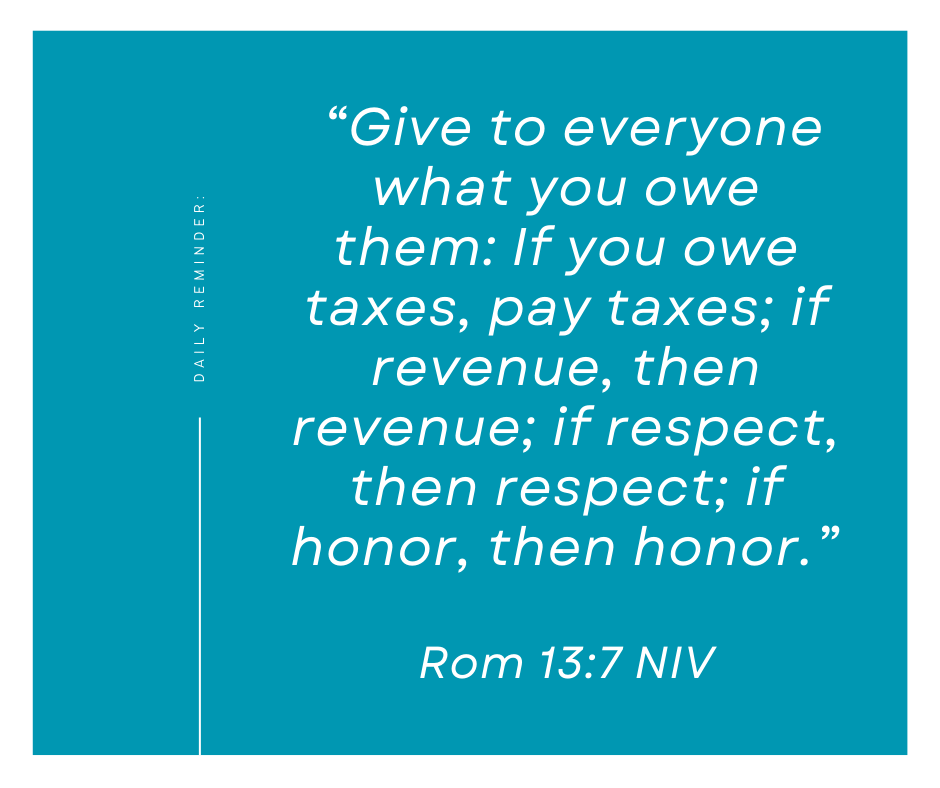By Garry Hojan
Our Solution
My expertise is in maximizing revenue and I am not a tax professional, nor do I give tax advice.
I’d start by saying anything I include here is from my experience and for informational purposes only and should be checked with a tax professional before you choose to implement anything in your business. Okay, that’s out of the way.
Timing Income & Expenses — Deferring income to the following year can reduce this year’s income. The other side of that is that it reduces immediate cash flow, so pay attention to that if deferring. This coming year, in light of predicted uncertainty and potential volatility, I’ll be paying more attention to cash flow, keeping receivables tight, and not deferring income until the last quarter of 2025.
Depreciation — Check with your advisor about depreciation laws, as they changed in 2017 and again for property acquired after 2022. Regardless, we maximize depreciation and usually time capital expenditures like computers, software, equipment, machinery, furniture, vehicles, and building improvements to offset income where possible and appropriate.
Qualified Business Income Deduction — The same law that allows depreciation lets some businesses deduct 20% of business income. From my understanding, this is apparently only available to pass-through businesses such as sole proprietorships, single-member LLCs, and S corporations, not C corporation entities. Again, speak to your tax advisor to find out if you qualify.
Retirement Plans — This is compounded tax savings by reducing taxable income by 20% sole proprietary and 25% corporate owner while increasing net value and deferring taxes until retirement. Setting up a SEP-IRA or 401(k) isn’t complicated, it also has additional benefits as mentioned below. There are more complicated dedicated retirement programs that can provide further tax benefits but don’t fit every situation. For a dedicated program, over an IRA, a vetted fiduciary financial advisor is best.
Employee Benefits — Here’s a compound benefit. Benefits such as company-sponsored health insurance, life, disability, long-term care insurance, tuition assistance, childcare assistance, transportation benefits and company cafeterias can help attract and retain talent. They can also give your business a deduction to reduce taxable income. And unlike wage hikes, adding or improving employee benefits doesn’t increase employment tax costs.
Don’t forget to leverage Health Savings Accounts (HSA) if available. Contributions can reduce taxable income, may grow tax-free, and allow tax-free withdrawals for qualifying health expenses. One of the most advantageous ways to save taxes.
Relocation — It’s a big one, but one that I’ve done personally because of tax implications. In one county, a new construction permit cost was $70,000, and across the county line, it was $2,500. There were other considerations, but that was one of the deciding factors. I see quite a few businesses moving from one state to another because of favorable business environments, but I understand that for some, this is not really an option.
Keep in mind that what you do to minimize income taxes impacts maximizing revenue. For instance, receiving depreciation on newer equipment, which increases productivity per day and reduces maintenance/downtime, maximizes revenue while providing income tax reduction.
Need help with maximizing revenue? Let’s chat. You can email me at ghojan@jhaero.com or call my cell at 208-627-2565.


